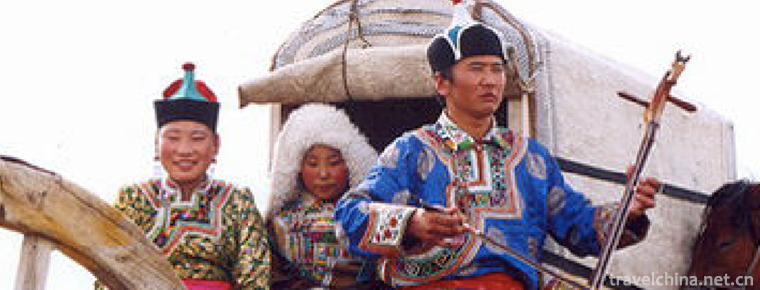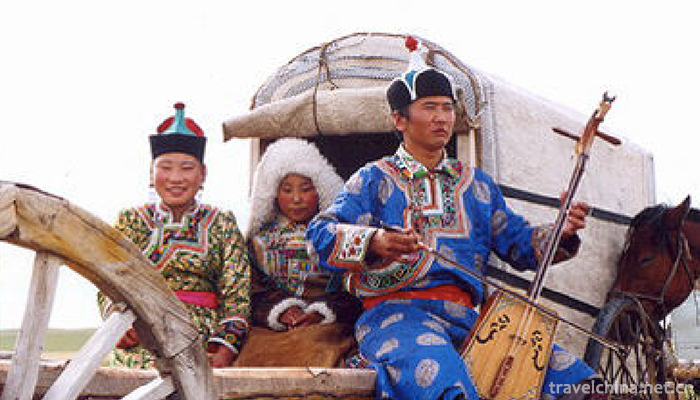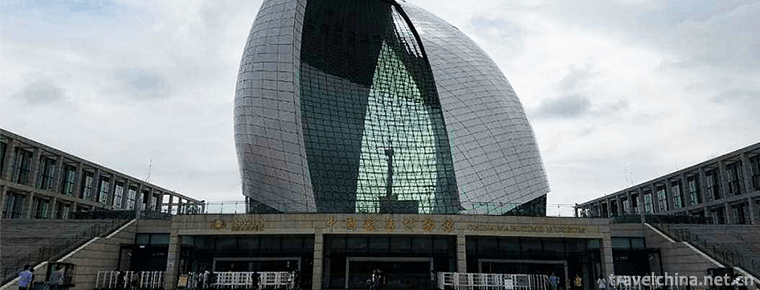2018-12-22

- By ChinaWiki.net
- Chinese Edition
- 2019-05-09
Horqin Chaoer Epic
Horqin epic is a local tradition of Mongolian heroic epic. It is the only living epic in Horqin area of Inner Mongolia Autonomous Region. "Chao Er Playing Method", "Overtone Playing Method", "Hu Er Playing Method" and "Solid Sound Playing Method". Its content tells the story of the transformation of the universe, the ups and downs of the world, expounds the origin of human species, the formation of ideology and the construction of social order, etc. It expresses the good wishes of human beings for truth, justice, peace and harmonious coexistence.
On June 7, 2008, the "Horqin Chaoer Epic" declared by the left-wing Middle Banner of Horqin, Inner Mongolia Autonomous Region, was listed in the second batch of national intangible cultural heritage list with the approval of the State Council.
historical origin
Horqin Chaoer epic is a local tradition of Mongolian epic, which is popular in Tongliao City and Xing'an League in eastern Inner Mongolia. Horqin Chao Er's epic is accompanied by an ancient bowstring instrument called Chao Er. Chao Erqi, a special epic artist, performs rap and singing in the form of self-help singing. The content tells the story of the God who came down from the womb and grew up to be a Khan and a hero. He fought with Python Gusi, the devil who endangered the world, to defend his hometown and to safeguard peace.
artistic characteristics
Music
Music melody has its own system, totaling 9 sets and more than 20 pieces, and can be changed freely in the presentation.
content
There were dozens of Horqin Chaoer's epic repertoires. Among them, "Eighteen Pythagus Gusien Uliger" is a large series of epic poems, which is composed of eighteen relatively independent but interrelated epic poems. Its scale and length can keep pace with the famous "Gusser" and "Jiangger".
Musical Instruments
Chaoer, an ancient bowstring instrument, is mainly used to accompany epic or Narrative Folk songs, with double strings, fixed strings of four and five degrees. Its timbre is old and honest, its overtone is rich, and it has extremely diversified musical expression.
Inheritance significance
Horqin Chaoer's epic has a long history, a wide distribution area and a wide audience. Its unique style, self-contained skills and strong artistic expression. It integrates narrative, lyric and intonation with simple and vigorous style, bold and unrestrained style, and closely links with the unique language, history, religion, psychology, world outlook, ecological outlook, outlook on life, customs and habits of grassland people, which centrally reflects the characteristics and characteristics of grassland culture.
Horqin Chao Er epic is a local tradition of Mongolian heroic epic and the only living epic in Horqin area of Inner Mongolia Autonomous Region. Its content tells the story of the transformation of the universe, the ups and downs of the world, expounds the origin of human species, the formation of ideology and the construction of social order, etc. It expresses the good wishes of human beings for truth, justice, peace and harmonious coexistence. Chaoer, as the oldest and most representative instrument of Mongolian, fully embodies the comprehensive characteristics of Mongolian people in instrumentation, acoustics, technology and musicology.
Inheritance and protection
Although the 20 Horqin Chao Er epics mastered by Burenchu Gula have been well preserved, due to the complex religious and folk meanings of Horqin Chao Er epics, it is impossible to reconstruct its inherent living context in a short period of time under the current social and cultural background. He was hired as a visiting professor. On the one hand, he enrolled professional students through the educational platform in order to inherit them. On the other hand, he steadily promoted the regeneration and reconstruction of Horqin Chaoer epic in rural pastoral areas on the basis of full investigation and research.
Over the past 100 years, with the change of Mongolian society and culture, the art of heroic epic tends to decline. By the 1990s, most of the living epic traditions in Inner Mongolia had basically disappeared. Like other regional epics, Horqin Chao Er's epic was once thought by the academic circles to have lost its vivid inheritance.
After a thorough field investigation, in 2005, we found that the only inheritor of the Horqin Chao Er epic known to us was Burenchu Gula and 20 Horqin Chao Er epics carried on him.
This is of great discovery value and historic significance for the rescue, protection and inheritance of Mongolian epics.

Ask a Question
Your email address will not be published.



0 Questions